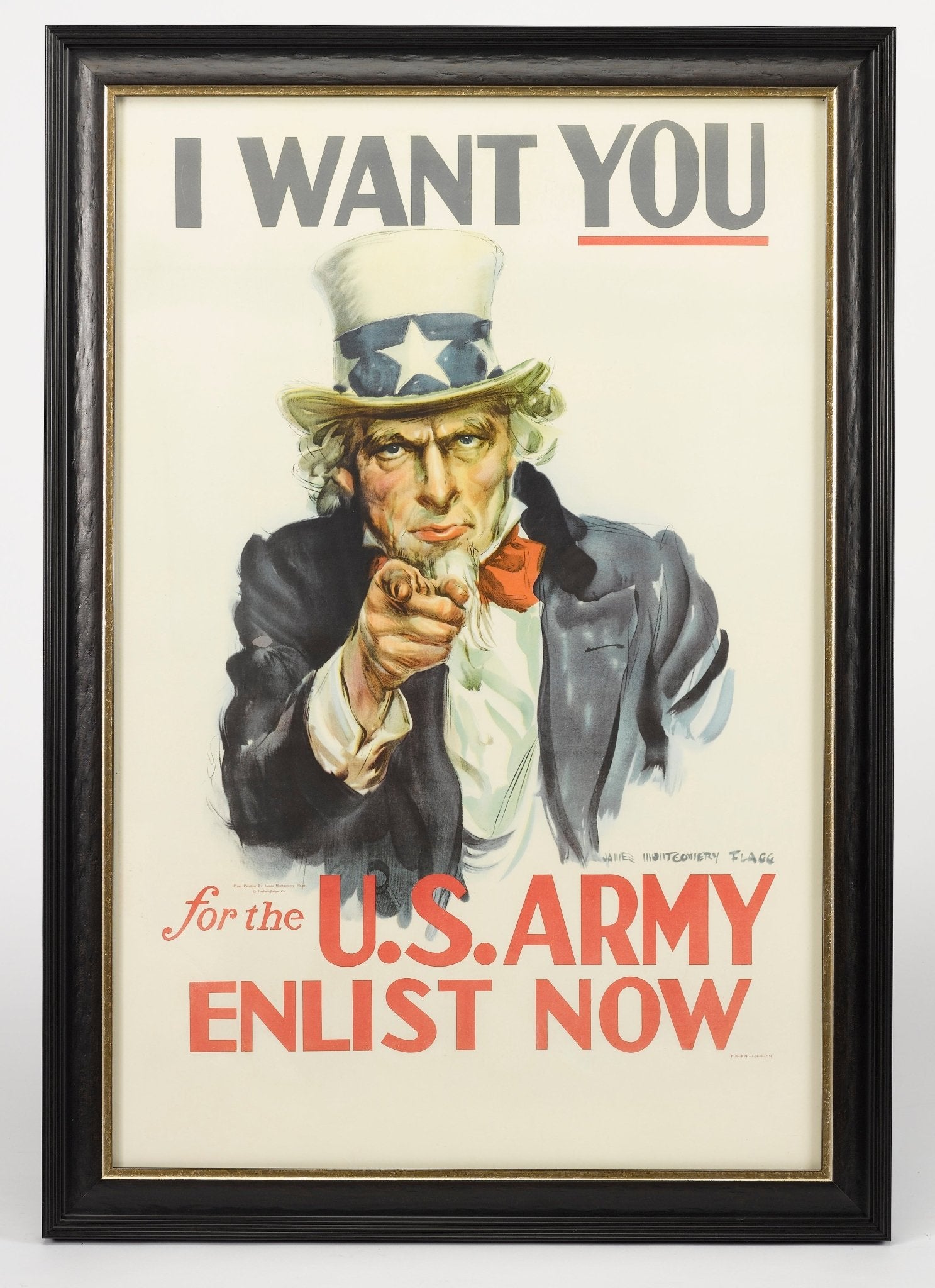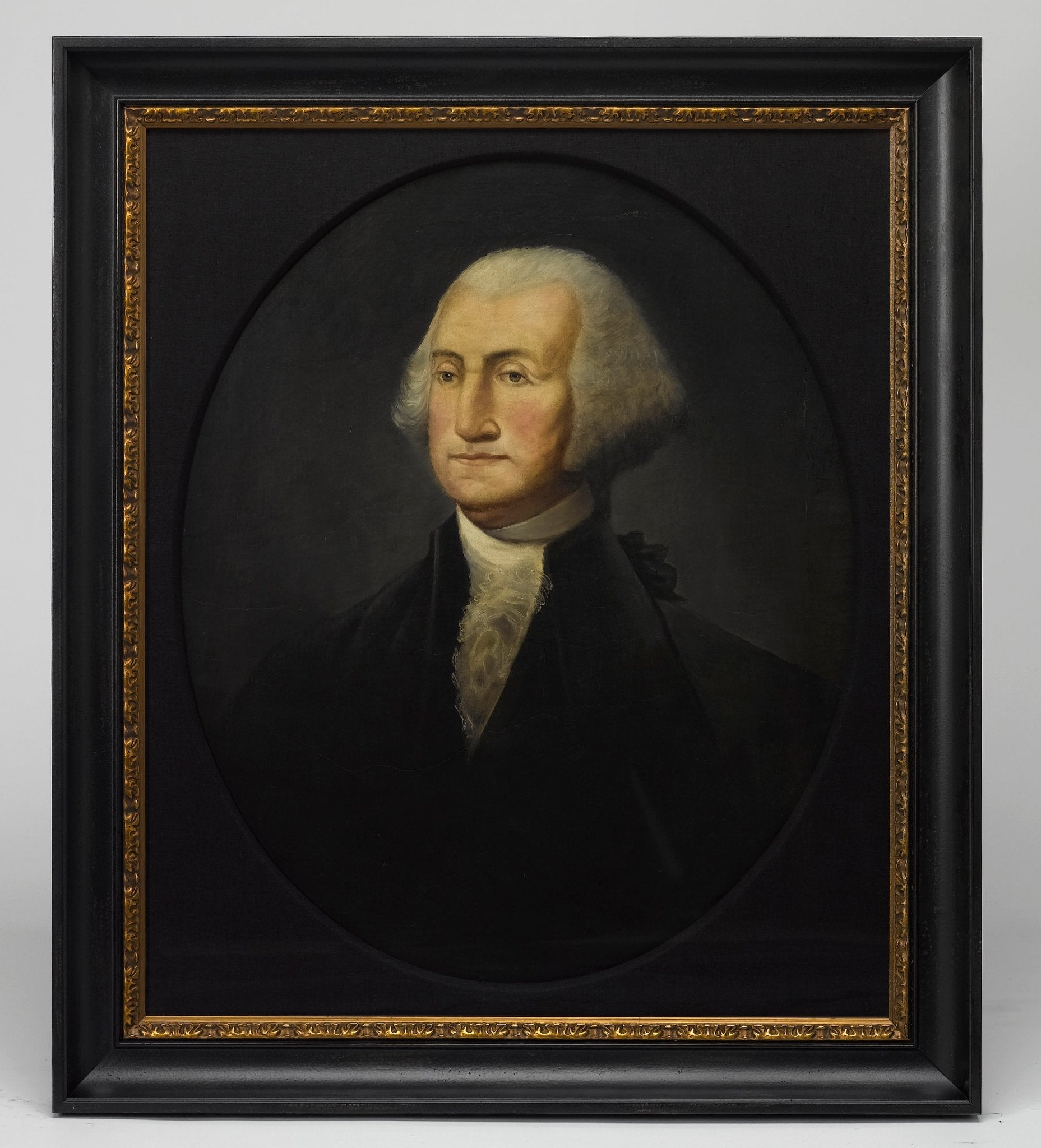Over Two Centuries of the Library of Congress
The Library of Congress was established in Washington, D.C. on this day, April 24th, in the year 1800! The Library of Congress is America's oldest federal cultural institution and the world's largest library. Among the 145 million items in its collections are more than 33 million books, 3 million recordings, 12.5 million photographs, 5.3 million maps, 6 million pieces of sheet music and 63 million manuscripts. Multiple new items are added to it every day, and the library is constantly expanding. Its collections are universal and include research materials and information from all portions of the world. They even offer material in over 450 different languages.
The Library of Congress moved to Washington D.C. in 1800 after sitting temporarily in New York City and Philadelphia. The then small Congressional Library was housed in the United States Capitol for most of the 19th century until the early 1890’s. James Madison is credited with the idea of creating a congressional library, first making the proposition to create a library of such a nature in 1783. The Library of Congress was subsequently established April 24, 1800 when President John Adams signed an act of Congress providing for the transfer of the seat of government from Philadelphia to the new capital city of Washington. Part of the legislation appropriated $5,000 "for the purchase of such books as may be necessary for the use of Congress ... and for fitting up a suitable apartment for containing them.” Thus, the Library of Congress was born.
Most of the original collection was destroyed by the British in 1814 during the War of 1812, and the library sought to restore its collection in 1815. They bought Thomas Jefferson's entire personal collection of 6,487 books. After a period of slow growth, a severe fire struck the Library in its chambers in 1851, destroying a large amount of the collection, including many of Jefferson's original books. After the American Civil War, the Library of Congress grew very rapidly, which sparked a campaign to purchase replacement copies for volumes that had been burned. The Library received the right of transference of all works. It began to build its collections, and its development culminated between 1888 and 1894 with the construction of a separate, extensive library building across the street from the Capitol building.
Nowadays, the Library of Congress is spread across three buildings and even features museum exhibits. Many works have been digitized, and the library is more accessible than ever!








